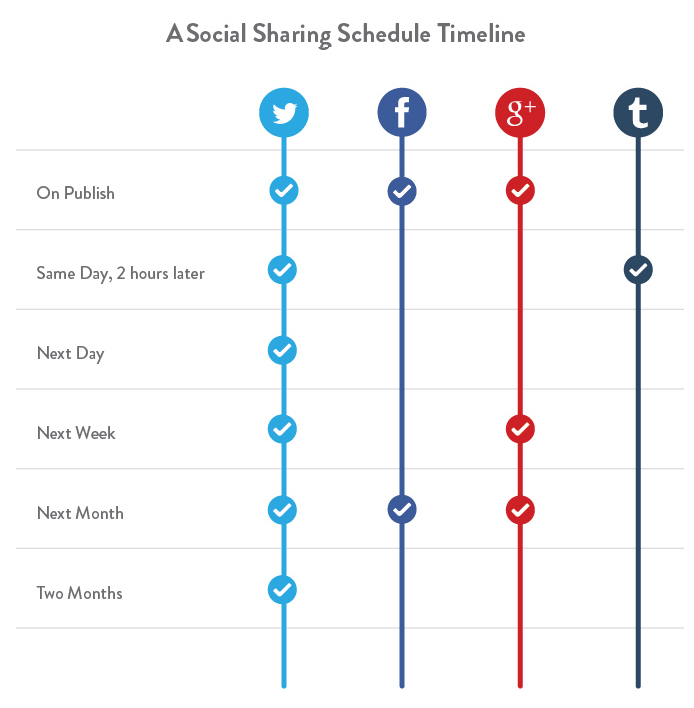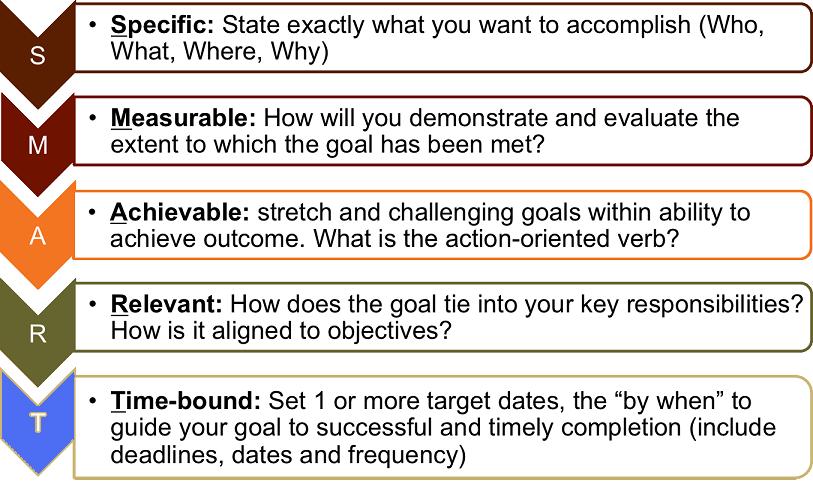Call us at: 1-888-254-7636

Simple Social Media Marketing Tips
Social media marketing is a popular term. It has more definitions than the term “social media” itself. Smart entrepreneurs recognize it as a genuine relationship builder.
So, what is the difference between social media and simple social media marketing, and how can they impact your business?
Social media is a range of websites and applications that enable users to create and share content and take part in social networking.
Social media marketing is the use of social media and content sharing that generates traffic and attracts attention. It helps add personality to business activities and connects people.
Using a variety of simple social media strategies helps businesses engage groups in different sectors. Entrepreneurs can build valuable relationships through sharing their personal voices. This online marketing method is a good way to boost other activities.
Importance of simple social media marketing
If you think social media marketing has nothing to do with your business’ exposure, growth and sales, think again. It is one of the most inexpensive and popular ways of staying engaged with customers and potential clients. The more you share, the more likely you are to get clicks.
Creating a well-placed social media post can drive targeted traffic to your blog post or giveaway. It can make a huge difference in potential engagement, sales, and customer retention.
Customer engagement and content sharing strategy
Developing a content sharing schedule maximizes this inexpensive social media marketing tool. A simple content marketing schedule across social media platforms helps gain more clicks.
A schedule will also provide a bird’s eye view of your content sharing strategy. It can help you distribute posts in a “sprinkled” or “peppered” way. Engaged users have more opportunity to see your content, and become the captive audience you have access to.
Here’s a simple, well-executed social sharing schedule timeline, that could generate results, by CoSchedule.com.
Several other simple social media marketing strategies include:
Using social media for boosting your website’s SEO
Business owners should know which web pages consistently earn traffic and which don’t. A simple social media marketing strategy for search engine optimization helps.
One tactic is to use long tail keywords in posts. Another is to mention other content creators, journalist, authors or customers in posts. These actions may generate reciprocal mentions. A third tactic is retweeting tweets or sharing, with links back to your website. These all help increase exposure and your potential for higher Google SEO ranking.
Social media as a relationship builder
If you want connections, then social media platforms where your targeted audience hang out is the proper place to be. Based on which channel you choose, prospects see your brand in different ways. You can post updates, collect customer insights, grow stronger and deeper connections, and get feedback. Several popular relationship-building platforms include:
- Twitter – reaching out to a lot of people with “quick” updates, breaking news or collecting instant feedback. Good for businesses that have things to say often and prefers to reach people directly.
- Facebook – is about a long-term commitment and building relationships. It lets members of targeted groups get to know you via sharing interesting content and informational posts. Participating on Facebook’s platform lets you portray your business in a “friendly” manner. You can provide up-close and personal interaction through dialogue with your customer base.
- LinkedIn – is a Rolodex of service providers discussing their interests and answering questions. It’s a platform where business owners showcase their expertise. It’s a great place to post links to articles or blogs, so people can read more about who you are and what you do.
- Pinterest – is an ideal platform to promote and highlight your business. The best types of content to post are images, videos, Pinterest boards, posts with calls to action and rich pins. Visitors can “repin” media and visit your board and business profile.
- YouTube – video platform used for featuring your product or service in an unusual or unforgettable way. It is a popular venue for exhibiting your expertise via sharing “how to” demonstrations.
- Instagram – video and photo site to capture real-time moments to showcase what you have to offer and use hashtags to let your followers in on the action.
Social media platforms are relationship builders. When users are receptive to your messages they often reposted on their profiles.
Social media advertisements allow targeting and retargeting
Another reason to go for a simple social media marketing strategy is the highly adaptable nature of social media ads. This simple way to advertise (Facebook boosts, Twitter promoted tweets, etc.) allows you to target users.
Targeting factors include: by education level, location, and industry, etc. Each factor can assist in converting solid leads into sales.
Essential Elements of a Social Media Marketing Strategy
A good simple social media marketing strategy includes a plan that connects customers, successfully. The essential elements required to make a good social media marketing strategy are:
Identify business goal
Identifying goals are the first step in developing a simple social media marketing strategy. You must know the needs and requirements of your company. This information will help you decide which social media network(s) to target.
Entrepreneurs may choose to enhance brand awareness, attract new customers and increase sales. Remember, every piece of the plan serves the primary and secondary goals one has set.
Set S.M.A.R.T marketing objectives
Marketing objectives can lay out how to get from one point to another. They should be measurable, specific, relevant, achievable, and time-bound.
- Specific – what is to be done, how will you know it is done, what are the results
- Measurable – how you know it meets expectations (quantity, frequency, costs, deadlines, etc.)
- Achievable – can it be done given the time frame, opportunity, and resources
- Relevant – should it be done, why, what will be the impact
- Time-bound – when will it be done, what are the end points, check points and milestones
Identify ideal customers
Identifying your ideal customer is important for a simple social media marketing strategy. Define and target the right people, at the right time and place. Provide the right message. Know your intended interest group’s ages, occupation and pay scale. Also learn their interests, issues, difficulties, habits, likes, inspirations, and protests.
It’s simpler and less expensive to target customers on social media platforms. The more particular you are, the more each channel you use can advance your business.
Research competition
Researching your competition is an essential element of a simple social media marketing strategy. Examining your opposition keeps you informed and shows what’s working for them. You can apply their successful strategies to your own plan.
Begin by compiling a complete list of no less than 3-5 primary competitors. Look at which social networks they’re utilizing and analyze their content strategy. Focus on the sort of content they’re posting, how they’re reaching their fans and how fans are reacting.
Examples of website comparison programs include:
- Alexa.com
- Compete.com
- GoogleTrends.com
- SimilarWeb.com
The most critical action to look at is engagement
While you don’t have access to competitors’ insights, you can gauge their influence. Their profiles offer an overview of the types of information they share. It also shows the level of interaction among followers. You can see comments, likes, shares, etc., and use the information to see how you stack up against them.
Choose channels and tactics
Often, businesses open accounts on well-known social networks without knowing their ROI. By using data collected from your buyers, you can decide which sites best meet your needs.
For instance, if clients invest 50% of their energy on Facebook and 30% on Twitter, you know which essential and secondary social platform you should focus on.
If your clients are utilizing a particular network, that’s where you should be. Your strategies for every social channel depend on your objectives and goals. They also depend on the prescribed procedures of every network.
Make a content strategy
Content and web-based social networking have a great relationship. There are three primary parts to an effective and simple online networking content plan:
Type of content — Time of posting — Recurrence of posting.
The type of content is the way you share information — message, pictures, links, video, and so on. It should match your organization’s voice.
There are many reports that suggest the best times you should post on social media. Try to use those studies as rules as opposed to hard principles.
Keep in mind, your target audience is unique, so test and identify the best time to reach them.
Finding the ideal posting frequency is essential for more engagement for your content. Use Insights from social networks to see when your audiences are on the web and available for connecting with your content.
Allocate budget and resources
To plan a budget for a simple online social marketing campaign, make a detailed list of the technologies you need. It may include an online tracking software, email marketing, and CRM. Plus, outsourced services like video creation or graphic designer and any advertising you’ll buy.
Popular resources include:
- Buffer
- Hootsuite
- Hubspot
- SproutSocial
- Coschedule
- Trello
- Aweber
- Mailchimp
- Get Response
- Buzzsumo
- Feedly
- Alltop
Alongside each, incorporate a monthly/quarterly/yearly anticipated budget. This will give you an idea of the amount of resources you need and how budgets influence your marketing.
Some organizations set up their budget first, and then select strategies based on the financial plan. You can also adopt the inverse strategy. Try to create the process and after that decide on the amount that fits that plan.
If expected expenses surpass your original estimates, organize your plan based on the desired ROI. The fastest ROI (e.g., advertising and social referrals) take priority. Since they produce more benefits, you can put them into the long range plan.
Assign Roles
It is important to know who’s in charge of building a framework to achieve your goals. Different members of your support team may assume different roles. If you are a one-person operation or can outsource stages of your plan, DigitalMarketer.com suggests the following teams.
- Content Team – Responsible for building content (blog posts, podcasts, videos, etc.).
- Acquisition Team – Responsible for generating new leads and front-end sales.
- Monetization Team – Responsible for transforming leads and front-end sales into customers.
When everybody knows his or her role, it’s an ideal opportunity to begin arranging the execution procedure.
You can use many of the online tools mentioned above for handling task assignments. These tools save you huge amounts of time and help you get well-organized.
Social Media Marketing Tips
Remember, your main goal is to keep social media marketing simple and easy to use, in real time. The following are a few social media marketing tips for anybody using social media for business:
- Create a social media marketing plan before you start. This will set you up for success and help you avoid any social media marketing mistakes.
- Before making a new social media profile, check your current presence by completing a social media audit. Download Hootsuite.com’s social-media-audit-template or the 15-minute social media audit everyone can do, at Buffer.com
- Understand when and what to outsource. Take your time when deciding when you give up the keys to your social media accounts.
- Schedule your posts across selected platforms using online content management tools. Also, set up a calendar to keep all your social content scheduled and controlled.
- Watch your social media accounts for positive and negative interactions with your brand.
- Use social media insights and statistics to collect important targeted audience data.
- Learn the proper use of hashtags while writing a comment or posting any messages.
- Do not commit any social media strategy mistakes, as it impacts your company’s online brand image.
Remember, developing a simple social media marketing strategy is a lot more than just posting a message and sharing a link.
It is one of the most widely accepted means of promoting a business and its brand. Embrace these simple digital practices and help your company achieve new heights of growth and development.
CALL TO ACTION
If you need help with designing your social media marketing plan, complete the Request for Quote form or give us a call to schedule a FREE consultation at 443-802-5968 today.








